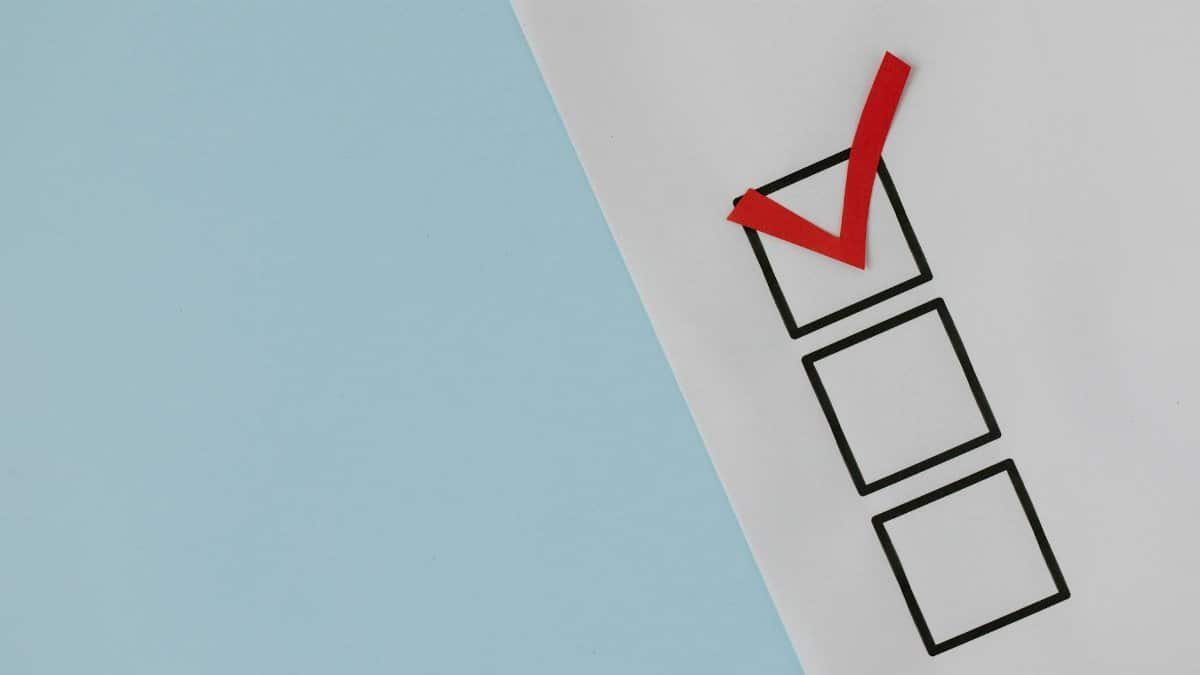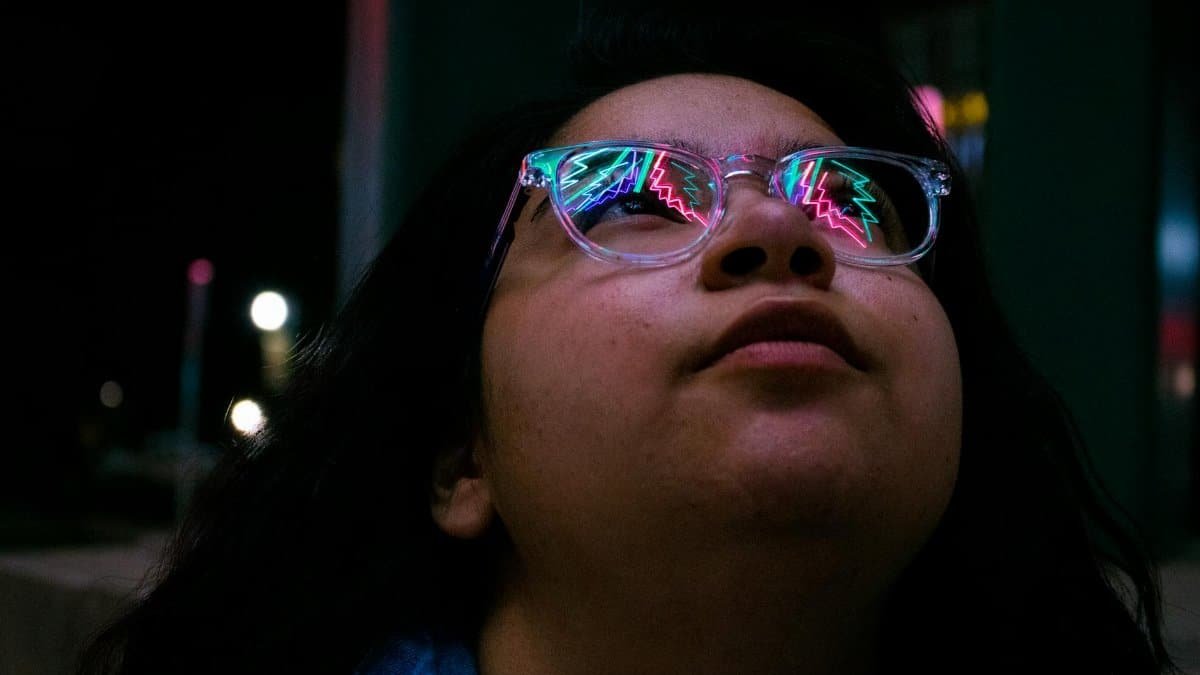Is color tint mood glasses the quick fix for your mental state we’ve all been waiting for? These innovative lenses, designed to alter mood through specific color tints, are gaining traction in 2025 as a non-invasive mental health tool. Whether it’s blue for calm or amber for focus, the concept is rooted in chromotherapy—the idea that colors influence emotions. Early users report noticeable shifts in seconds, and science is starting to back this up. Here’s what you need to know about this emerging trend in self-care.
What Are Color Tint Mood Glasses?

Color tint mood glasses are specialized eyewear with lenses tinted in specific hues to evoke emotional responses. Based on chromotherapy principles, each color targets a different mood—blue for relaxation, yellow for optimism, or red for energy. Unlike regular sunglasses, these aren’t about UV protection; they’re about psychological impact. Manufacturers claim wearing them for just minutes can shift your mindset, making them a portable, drug-free option for stress or focus management.
The Science Behind the Tint

Research into color psychology supports the idea that hues affect brain activity. A study from the University of Rochester found that exposure to blue light can lower stress hormones like cortisol ( University of Rochester News ). Meanwhile, warmer tones like amber may stimulate alertness by mimicking natural sunlight. Though specific studies on mood glasses are limited, broader chromotherapy research suggests color exposure influences the autonomic nervous system, which governs mood and stress responses.
Who’s Using Them?

From stressed-out office workers to athletes seeking focus, color tint mood glasses are popping up across demographics. Tech startups and wellness influencers on social platforms are driving interest, often showcasing quick before-and-after mood shifts. Therapists are also experimenting with them as a supplementary tool for anxiety management, especially for clients resistant to traditional methods. In 2025, expect wider adoption as mental health tools become more mainstream.
Do They Really Work?

Evidence is promising but not conclusive. Small-scale trials, like those summarized by the National Center for Biotechnology Information, indicate color exposure can alter emotional states ( NCBI Studies ). Users often report feeling calmer with blue lenses or more energized with red, though placebo effects can’t be ruled out. Skeptics argue the impact is short-lived, while fans swear by the instant reset. More rigorous studies are needed to confirm long-term benefits.
Potential Drawbacks to Consider

Not everyone’s sold on color tint mood glasses. Prolonged use may cause eye strain, especially with darker tints. Some experts warn against over-reliance, noting they’re no substitute for therapy or medication in severe cases. Cost is another hurdle—quality pairs range from $50 to $200, which might deter casual buyers. And while rare, a few users report headaches or dizziness, likely from visual overstimulation.
How to Try Them Yourself

Interested in testing color tint mood glasses? Start with a reputable brand that offers a range of tints—many online retailers provide mood-specific kits. Wear them for short bursts, 5-10 minutes, during high-stress moments or focus slumps. Track your response: Does blue really soothe, or amber sharpen? Avoid wearing them in low-light conditions to minimize strain. With trial and error, you might find a tint that clicks for your mental health routine.
